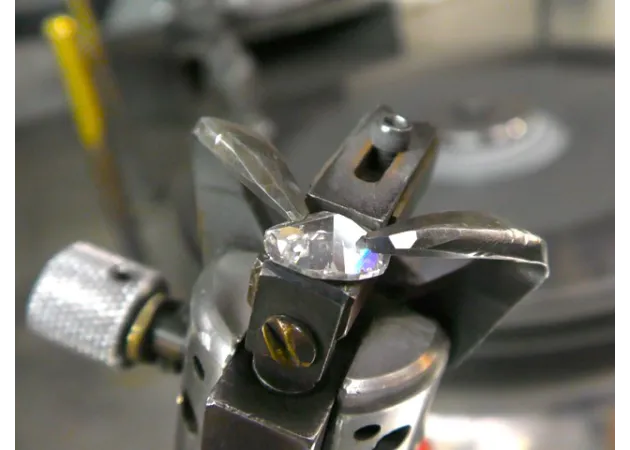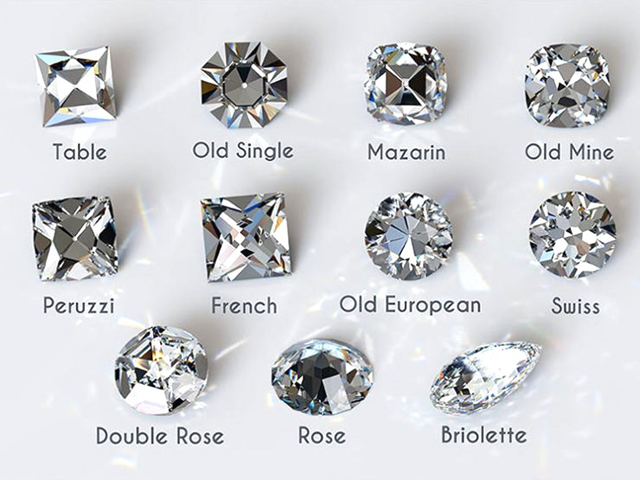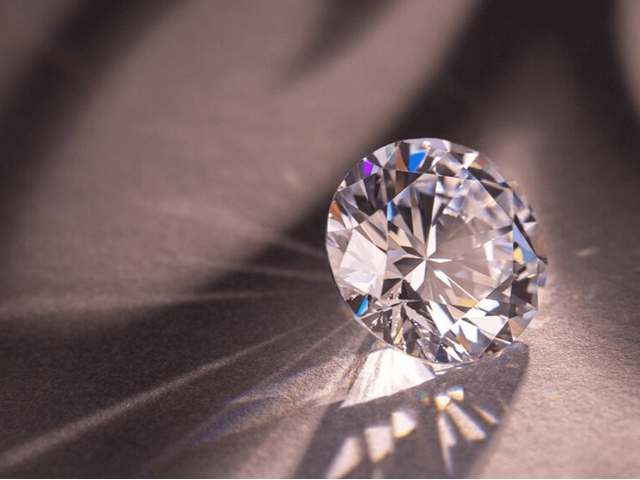The Evolution of Diamond Cutting Techniques: From Rough Rock to Radiant Brilliance
Diamonds. They glitter, they shine, they imply eternal love and ageless beauty. But have you ever taken a second to consider the amazing process it takes to make each one of these exquisite jewels? From simple origins to dazzling masterpieces, the evolution of diamond cutting is a testament to human creativity.
Just a shapeless, dull rock taken from the heart of the Earth. Not exactly the picture of elegance, is it? Yet that unshaped form harbours the possibility of extraordinary sparkle, patiently waiting to be brought to life by the skill and ingenuity of a diamond cutter.
Early Days: Honing Natural Beauty
The beginnings of diamond cutting were, to put it mildly, rudimentary. Instead of the precise cutting we know today, early practices, especially in the ancient world, primarily involved polishing. Craftsmen sought to enhance the diamond's natural form and brilliance, the goal was not to produce a blinding sparkle, but to respect the inherent beauty that is already there.
These early artisans were working blind in many ways. They lacked the sophisticated tools and understanding of light reflection that we have today. They relied on patience, intuition, and the slow, tedious process of rubbing diamonds against other hard materials. Much like an artist gradually revealing a sculpted animal hidden in a block of marble. It was a laborious method, leading to what we know today as the "Point Cut" and subsequently the "Table Cut. Pretty, but hardly showstoppers by today's standards.
The Birth of Facets: A Spark of Innovation
The real turning point came with the introduction of facets. This marked a shift from simply polishing the diamond's surface to actively shaping it to maximise light reflection. The rose cut, characterised by its triangular facets emanating from a central point, provided a notable advance. It provided a novelty and glitter that had never been seen before.
The Old Mine Cut followed, which gained popularity in the 18th and 19th centuries. Chunky facets, a high crown, and a small table. These diamonds possessed a certain romantic charm, a soft glow rather than the laser-like fire of modern cuts. They were 'one of a kind' diamonds, showing the freehand skill of the cutter. Even though they might appear unfinished with respect to modern quality at first sight, they have a special position in our diamond history and are often eagerly sought for their artisan appearance.
The 20th Century and Beyond: Science Meets Art
The 20th century brought a revolution to diamond cutting. Increased understanding of optics and the development of sophisticated cutting machinery allowed for unprecedented precision. This has resulted in the invention of the Brilliant Cut which to this day is arguably the most famous of diamond cuts. Its meticulously calculated facets are designed to maximise light return, creating that incredible sparkle that makes a diamond so captivating.
But the story is far from over. Today's designers are pushing the limits of what's possible, exploring new shapes, facet configurations, and even cuts designed to maximise a diamond's colour, leading to a revival of design innovation and exciting new diamond styles.
Modern Diamond Cuts: A Symphony of Light
Current diamond cuts are the perfect example of what happens when technology meets beauty. Through computer-aided design (CAD) and laser cutting technologies, tolerances previously unimaginable just a few decades ago are now possible. We can now create diamonds with perfect symmetry, precise proportions, and exceptional brilliance. From the traditional Round Brilliant to the refined Princess, the romantic Cushion and the distinctive Radiant Cut, there are endless possibilities.
The Future is Bright (and Sparkly!)
At CompareTheDiamond.com, we offer a stunning selection of diamonds, expertly cut to maximise their brilliance. So, the next time you admire one of our diamonds, take a moment to appreciate the incredible journey it has been on, a journey steeped in history, skill, and a relentless pursuit of brilliance. The future of diamond cutting is bright!



